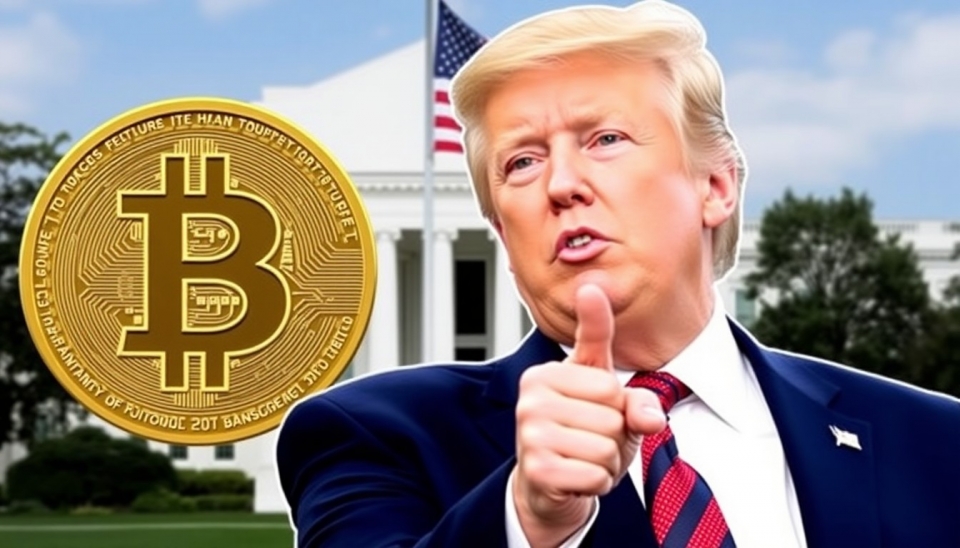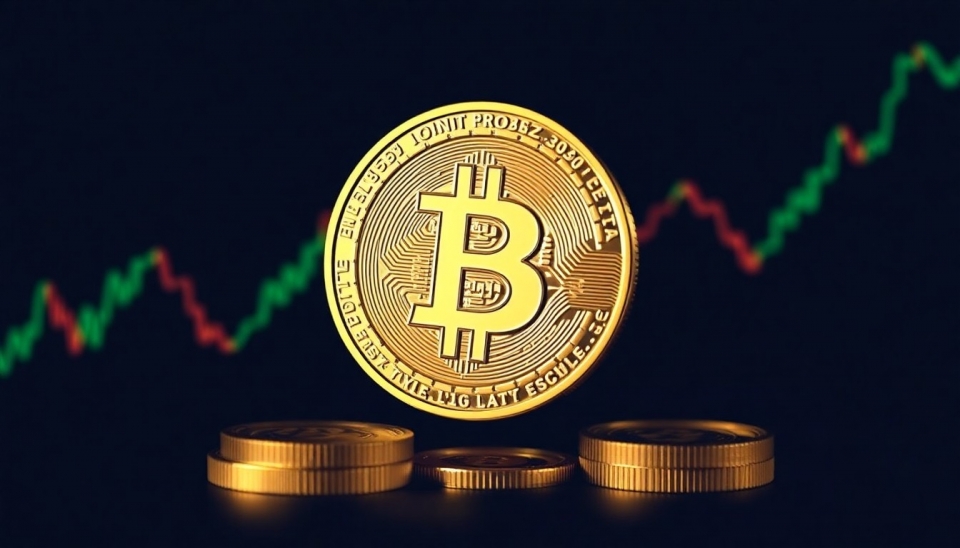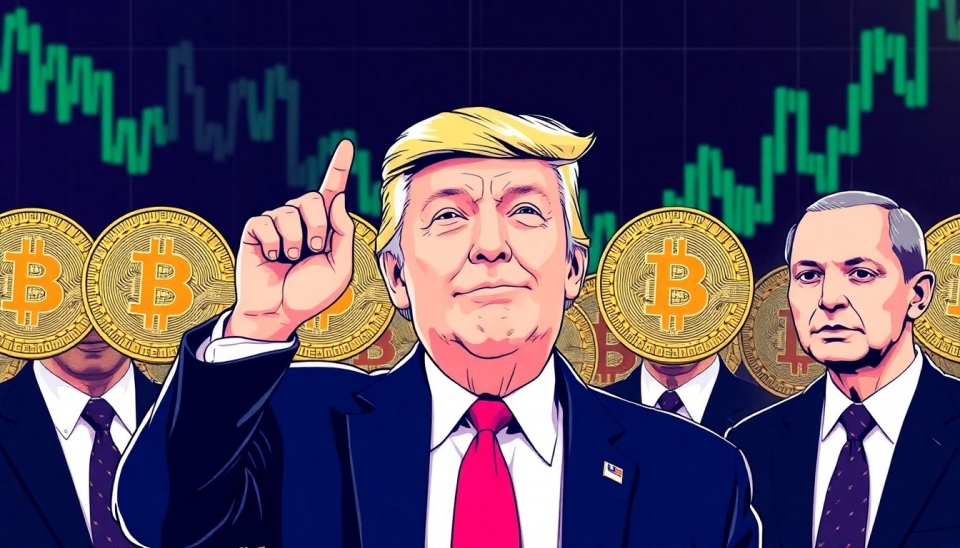
In an unexpected twist during a time of fluctuating financial conditions, Bitcoin has entered a period of relative stability after former President Donald Trump announced fresh trade tariffs. As investors reacted to potential consequences in the broader economic landscape, Bitcoin's price remained confined within a narrow trading range, illustrating the cryptocurrency's ongoing struggle to establish a decisive trend.
Initially reacting to the news, Bitcoin experienced a brief decline, reflecting many investors' anxieties about increased trade tensions and their potential impact on the global economy. The perceived threat of escalating tariffs could deter economic growth, prompting fears of inflation and affecting various asset classes. However, Bitcoin's resilience has also shown an intriguing trend, as it has maintained a foothold above significant psychological support levels.
This stabilization coincides with a larger narrative in which Bitcoin and other cryptocurrencies have gained traction as alternative stores of value amid traditional market volatility. The market interpretation of Trump's tariffs hints at a flight to safer havens, with Bitcoin being perceived as a hedging option against the turbulence of stock markets and fiat currencies.
Market analysts have been closely monitoring Bitcoin's price action around the $30,000 mark, which has been viewed as crucial for the cryptocurrency's medium-term outlook. A breakout above this level might hint at renewed bullish sentiment, while a drop below could signal deeper uncertainty. The cryptocurrency market typically reacts swiftly to macroeconomic stimuli, and this latest development is no exception.
Amid such market movements, traders have begun adjusting their strategies to navigate these uncertain waters. Many are looking towards the upcoming earnings reports from major corporations in the U.S., which could further influence market sentiment and, by extension, Bitcoin's price dynamics. The interrelation between Bitcoin and international trade, particularly under Trump's tariffs, has brought a new layer of complexity into trading strategies.
Additionally, Bitcoin's interactions with traditional financial markets are being scrutinized, with many eyes fixed on the correlation it has with traditional assets. As investors weigh their portfolios, the interplay between Bitcoin and economic policy decisions will undoubtedly shape the narrative moving forward.
As we assess the implications of Trump's latest tariffs and Bitcoin's responses, it remains evident that the cryptocurrency market is still deeply intertwined with global economic sentiments. Investors and market participants will need to stay vigilant, as even minor developments could prompt significant price movements in the near term.
In conclusion, Bitcoin's current trading range serves as a barometer for sentiment in both cryptocurrency and broader financial markets as they navigate the uncertain waters created by geopolitical events and economic policy shifts.
#Bitcoin #TradeTariffs #DonaldTrump #Cryptocurrency #MarketAnalysis #Investing #FinancialNews
Author: Sophia Reynolds




